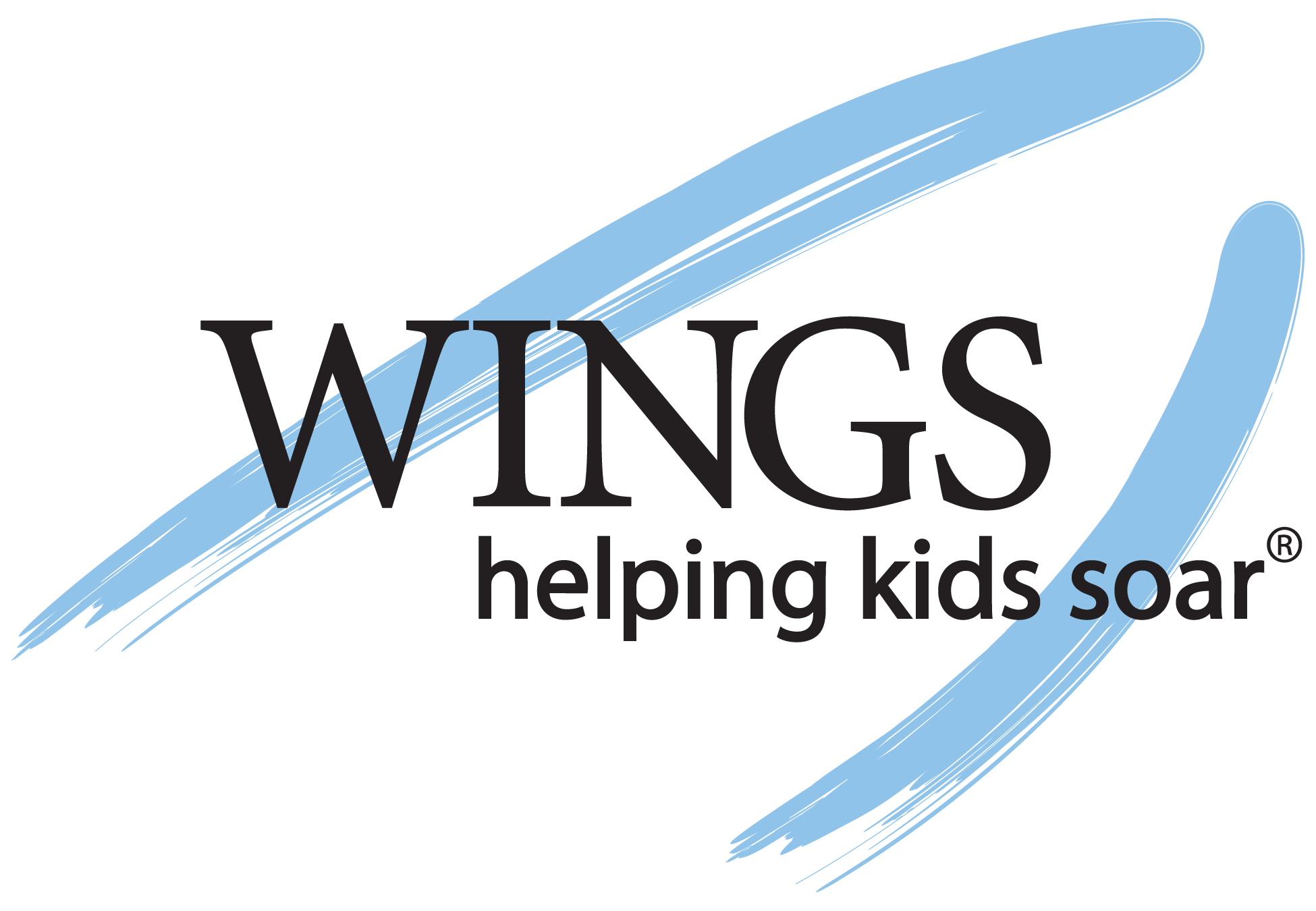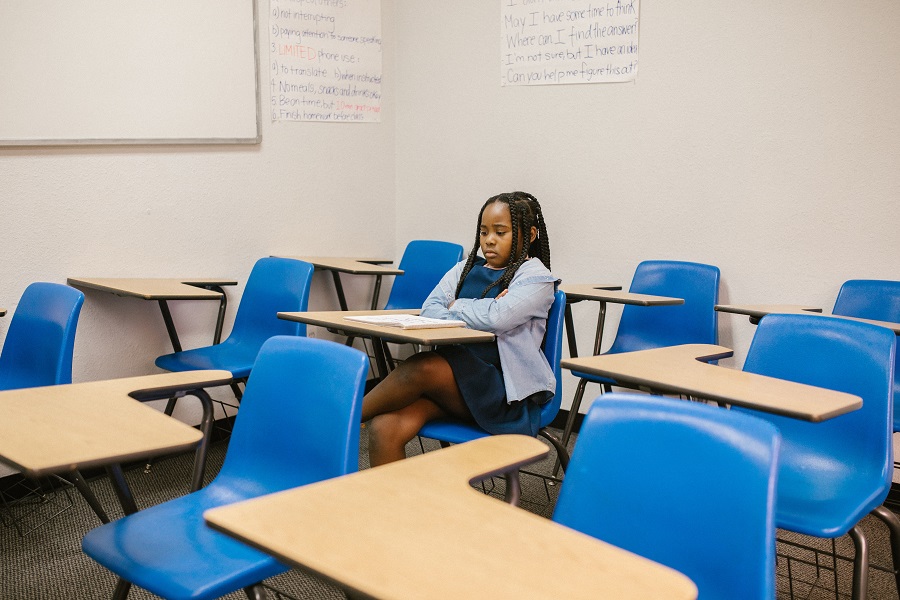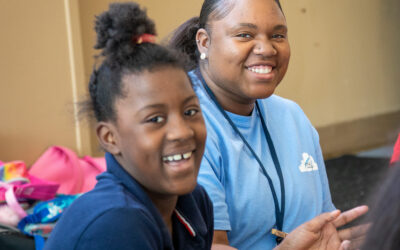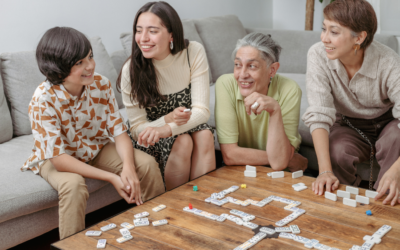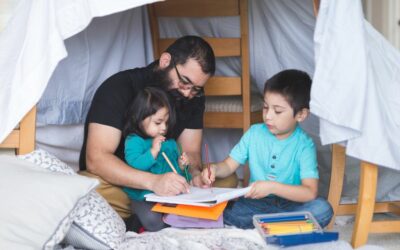Kids in today’s world are facing increasing stressors and challenges, giving rise to the growing complexity of children’s needs and feelings. As educators and youth workers, it’s critical to not only recognize, but also address the emotional needs of students and give them tools to be successful—now.
Emotional well-being is imperative to the overall health of a child’s development. When children are struggling, they may have difficulty understanding how to manage feeling multiple emotions at once, calm themselves when angry, or resolve conflicts peacefully and respectfully. It’s here that social emotional learning plays a vital role in emotional health and wellness.
For young kids struggling with anxiety, stress, or trauma, try these three techniques to begin addressing mental wellness in your classroom or afterschool program.
Help students develop an emotional vocabulary
One of the first steps in promoting emotional wellness is helping kids develop an emotional vocabulary. When kids can identify and express their emotions, they are better equipped to manage them.
Educators can help children develop an emotional vocabulary by modeling emotional expression, using feeling words in conversation, and teaching children how to identify and label their emotions.
Humans experience a wide range of emotions and often children don’t recognize they may be experiencing more than one emotion at once. They might get “stuck” in the emotions they’re most comfortable with, unable to identify other emotions they might be experiencing. For example, many students use the common “happy, mad, or sad” to describe how they are feeling, when instead their sadness might actually stem from being lonely or being disappointed. Happiness might actually be gratitude or elation. Anxiety could incorporate other emotions such as worry, fear, stress, or pressure. It’s important for students to identify what they are feeling, so they can be more successful at managing those feelings.
Quick Tip
Check out our Emotional Alphabet to help expand a child’s emotional vocabulary and improve self-awareness skills.
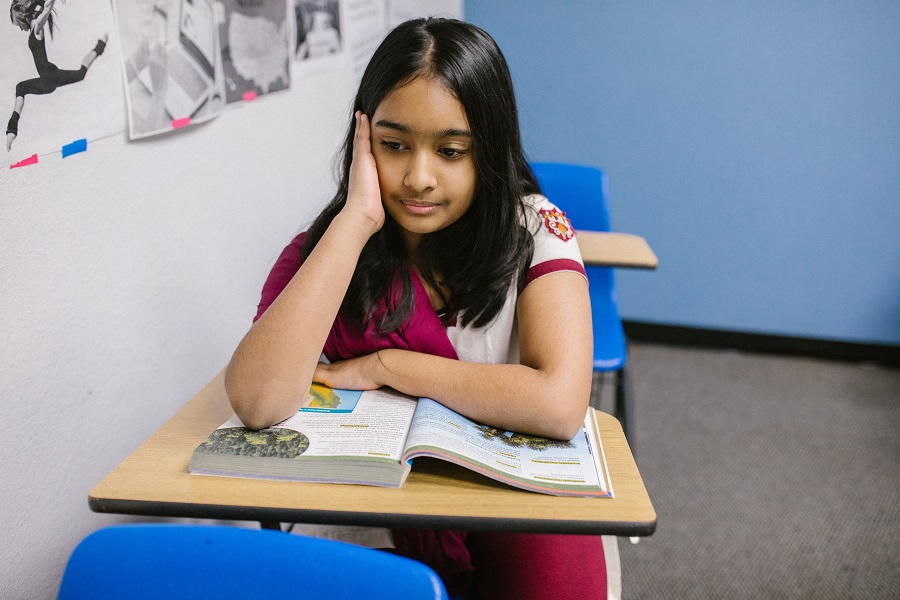
Encourage positive self-talk
When children engage in positive self-talk, they develop a sense of resilience and self-empowerment. Encouraging kids to recognize the need for self-encouragement is key. By teaching them to monitor negative self-talk and replace critical comments with supportive ones, we equip them with invaluable tools for their emotional well-being.
Examples
Negative: “I’ll never be able to learn this.”
Positive: “I am smart and capable of learning new things.”
Negative: “I’m not even going to try because I know I’ll fail.”
Positive: “If I try my best, I can do this.”
Negative: “If I make a mistake, everyone will laugh at me.”
Positive: “Mistakes are opportunities for me to learn and grow.”
Negative: “I’m so different, I’ll never fit in.”
Positive: “I am unique and special in my own way.”
Encourage children to choose positive self-talk statements that resonate with them personally and to use them regularly, especially when facing challenges or self-doubt.
This is not about encouraging others, but instead using words and techniques to encourage themselves. Kids should learn how negative comments affect their daily lives and how supportive comments and thoughts can help them have better days and feel better overall.
When faced with challenges or setbacks, kids will be able to use supportive comments to counteract self-doubt and cultivate a growth mindset. This practice fosters a sense of self-worth, optimism, and motivation, ultimately leading to improved mental health and overall well-being.
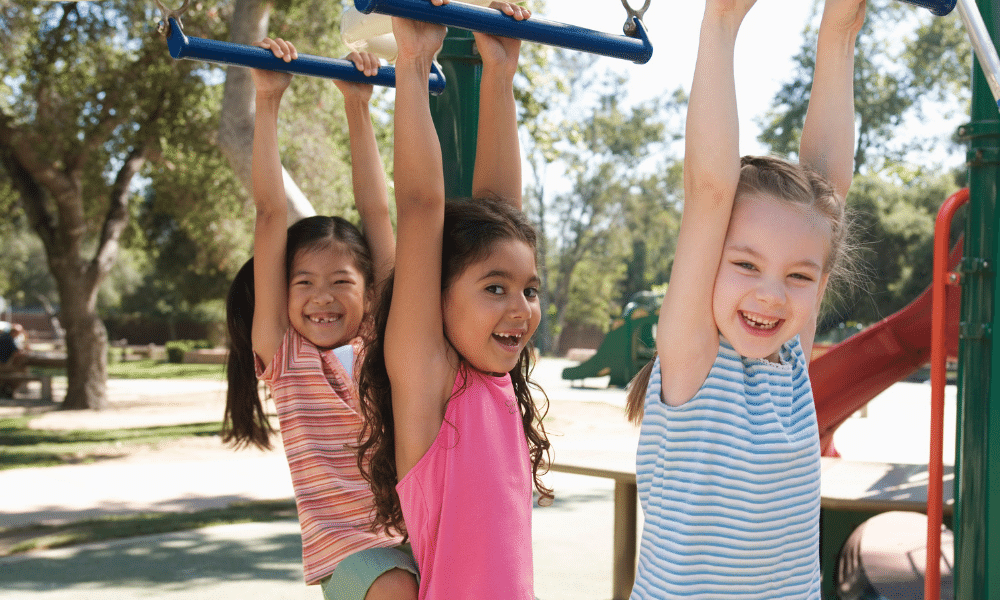
Help kids self-regulate with R&R
We understand that children often need help regulating their emotions, especially during moments of challenge or surprise. It’s crucial to recognize that children are still developing the skills necessary to cope with their feelings effectively. That’s where the technique of Reset & Relax comes into play.
Reset – Determine what is really bothering you
Relax – Relax your mind and body to calm down
When kids find themselves on the brink of an emotional hijacking, we teach them to reset. Feeling a wide range of emotions is perfectly normal in these situations, but it’s equally important to encourage them to think about the best way to remain calm in those difficult moments.
During such intense situations, it can be incredibly challenging for children to employ self-regulation techniques in the heat of the moment. That’s why it’s essential to have strategies in place to help them navigate and regain control. By understanding what works best for them individually, they can discover techniques that aid in maintaining their composure. By guiding children to Reset & Relax, we provide them with a valuable tool to manage their emotions and foster a positive and productive learning environment.
Create a safe and supportive environment
From the start of their day, to right before the final bell rings, all children need to feel safe and supported in their learning environment. But kids who are struggling need even more support. This could look like:
- Creating a “Calm Down Corner” where kids can go if they feel like they are losing control of their emotions or just need a moment to cool off after a stressful situation.
- Setting aside time for kids to write their thoughts and feelings in a journal and reflect on what might be causing stress and ways to relieve it.
- Setting up a “Reflection Pond” where you and a child can sit and reflect on the choices they made, paving the way for better choices in the future.
- Allowing a child to take a few minutes in a safe environment to slow their breathing, pause, and come back into the space once they feel ready to return.
- Offering quiet time where kids can read, color, or do their favorite activity quietly.
When kids feel safe and supported, they are more likely to engage in learning and develop the resilience needed to overcome challenges.
Social emotional learning can be integrated into your curriculum or programming in a variety of ways, such as through classroom discussions, role-playing activities, and games that promote emotional regulation and problem-solving skills. By incorporating SEL into your daily routine, you can help your students develop the social and emotional skills needed to navigate life’s challenges. To help kids heal, grow, and thrive—in and out of the classroom—social emotional learning must be a priority. Our kids’ emotional well-being depends on it.
